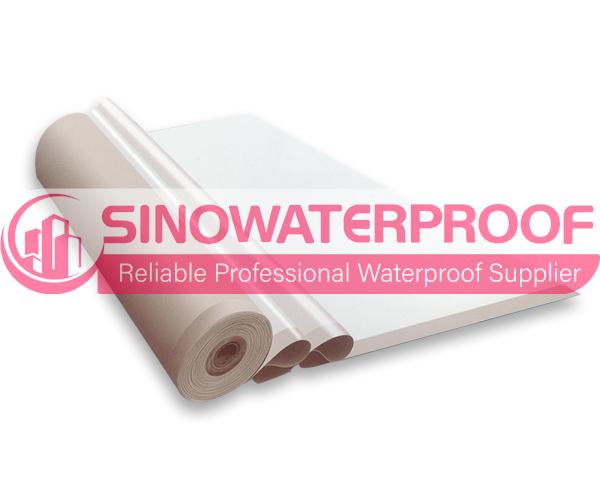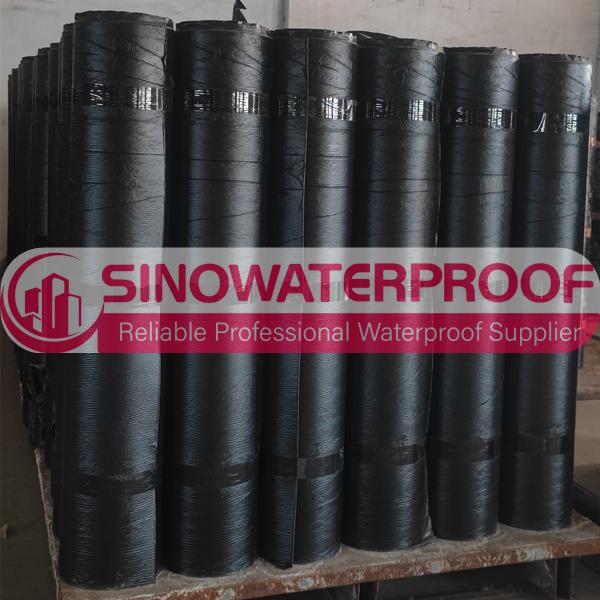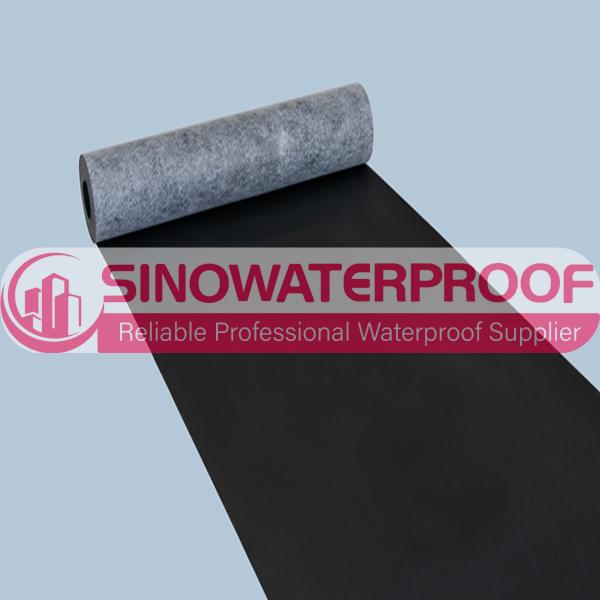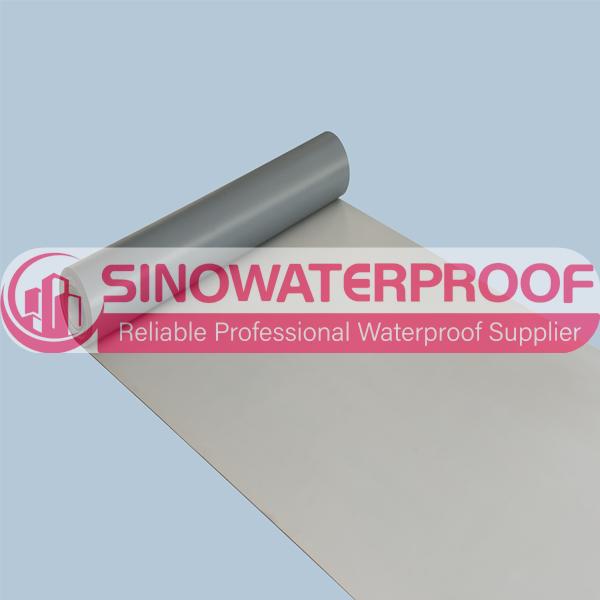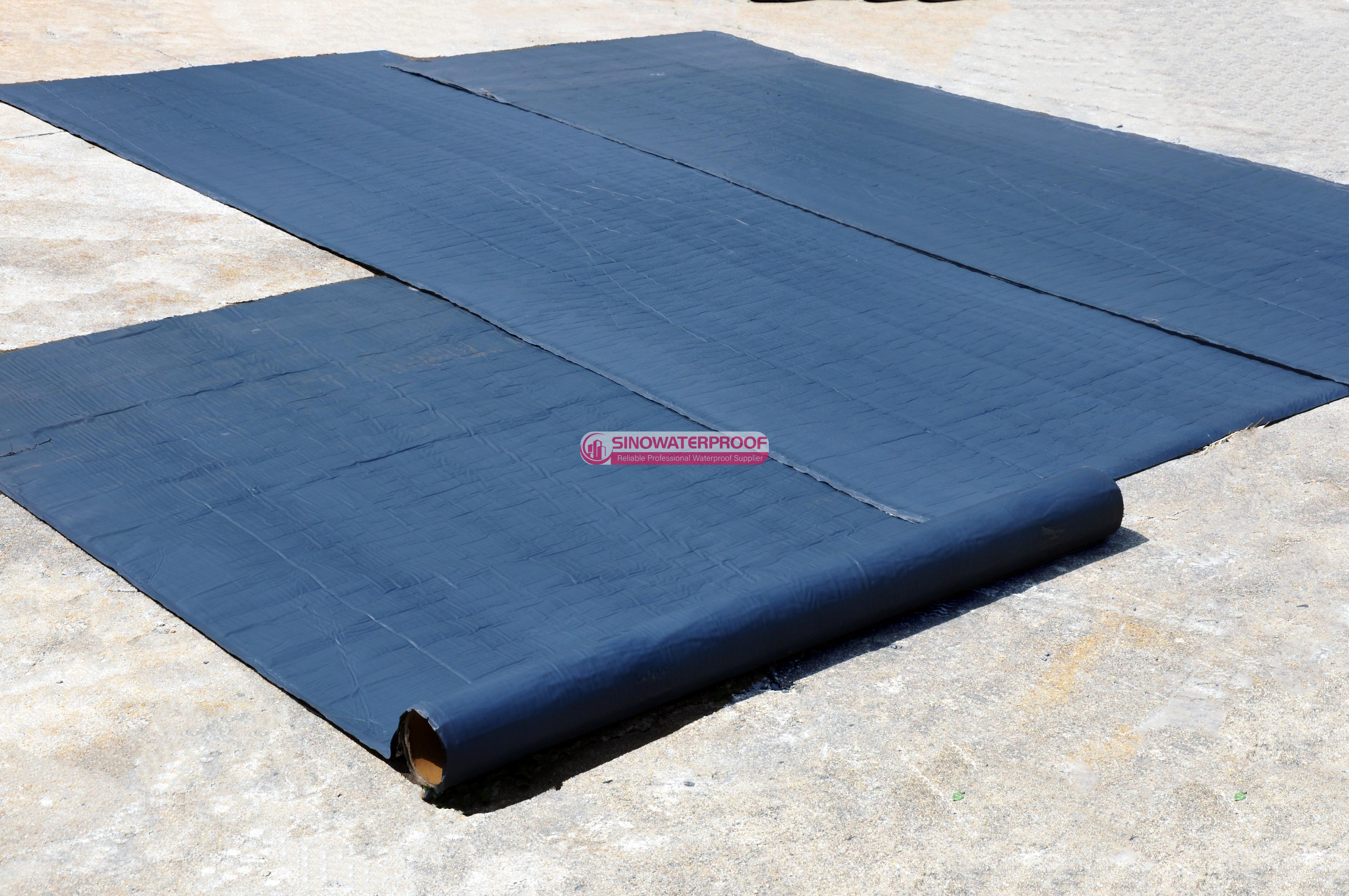Polymer waterproofing membrane is a material widely used in building waterproofing projects, and is favored for its excellent waterproof performance and durability. There are many types of polymer waterproofing membranes, and below we will detail what polymer waterproofing membranes are, their characteristics, advantages and disadvantages.
1. Polyvinyl chloride (PVC) waterproofing membrane. PVC waterproofing membrane is a kind of waterproof material made of polyvinyl chloride resin as the main raw material, adding an appropriate amount of plasticizer, stabilizer, anti-aging agent and other additives, and after plasticizing, calendering, cooling and other processes. It has excellent water resistance, weather resistance, chemical corrosion resistance and aging resistance, and is widely used in waterproof projects such as roofs, basements, and bathrooms.
2. Ethylene vinyl acetate (EVA) waterproofing membrane. EVA waterproofing membrane is a polymer material made of ethylene and vinyl acetate copolymer, which has good flexibility, water resistance, weather resistance and chemical corrosion resistance. It has a wide range of applications in waterproofing projects, and can be used for waterproofing projects such as roofs, walls, and basements. EVA waterproofing membrane also has good anti-aging properties and long service life.
3. Polymer waterproofing membrane is called thermoplastic polyolefin (TPO) waterproofing membrane. TPO waterproofing membrane is a waterproof material made of polyolefin resin as the main raw material, adding an appropriate amount of plasticizer, stabilizer, anti-aging agent and other additives, and making it through special processing technology. It has excellent water resistance, weather resistance, chemical resistance and aging resistance, as well as good UV resistance, which can maintain the waterproof effect for a long time. TPO waterproofing membrane is suitable for various types of waterproofing projects, such as roofs, basements, tunnels, etc.
In addition to the above common polymer waterproofing membranes, there are some other types of polymer waterproofing membranes, such as chlorinated polyethylene (CPE) waterproofing membranes, polyurethane (PU) waterproofing membranes, etc. Each of these membranes has its own characteristics and can be selected according to the specific needs of the project. Before that, we also introduced what types of waterproofing membranes are available, and what factors are considered for fire-roasting waterproofing membranes.
Features of polymer waterproofing membrane
1. Excellent waterproof performance: The polymer waterproof membrane has extremely high waterproof performance, which can effectively prevent moisture penetration and ensure the waterproof safety of the building.
2. Good durability: The polymer waterproofing membrane has high weather resistance, aging resistance and chemical corrosion resistance, and can maintain stable performance for a long time under harsh environmental conditions.
3. Convenient construction: the polymer waterproofing membrane is simple to construct, can be connected by hot melt, welding, etc., with high construction efficiency and low requirements for the base layer.
4. Environmental protection: The polymer waterproofing membrane produces less pollution in the production and use process, and meets the requirements of environmental protection.
Application of polymer waterproofing membrane
Polymer waterproofing membrane is widely used in waterproofing projects of various buildings, such as roofs, basements, bathrooms, kitchens, etc. In addition, polymer waterproofing membrane can also be used for waterproofing of roads, bridges, tunnels and other infrastructure. In practical applications, polymer waterproofing membranes need to be selected according to specific engineering requirements to ensure waterproof effect.
 QINGDAO ZHONGNUO NEW MATERIAL CO.,LTD.
QINGDAO ZHONGNUO NEW MATERIAL CO.,LTD.
QINGDAO ZHONGNUO NEW MATERIAL CO., LTD.
The professional manufactory and exporter of waterproofing membrane and coating

